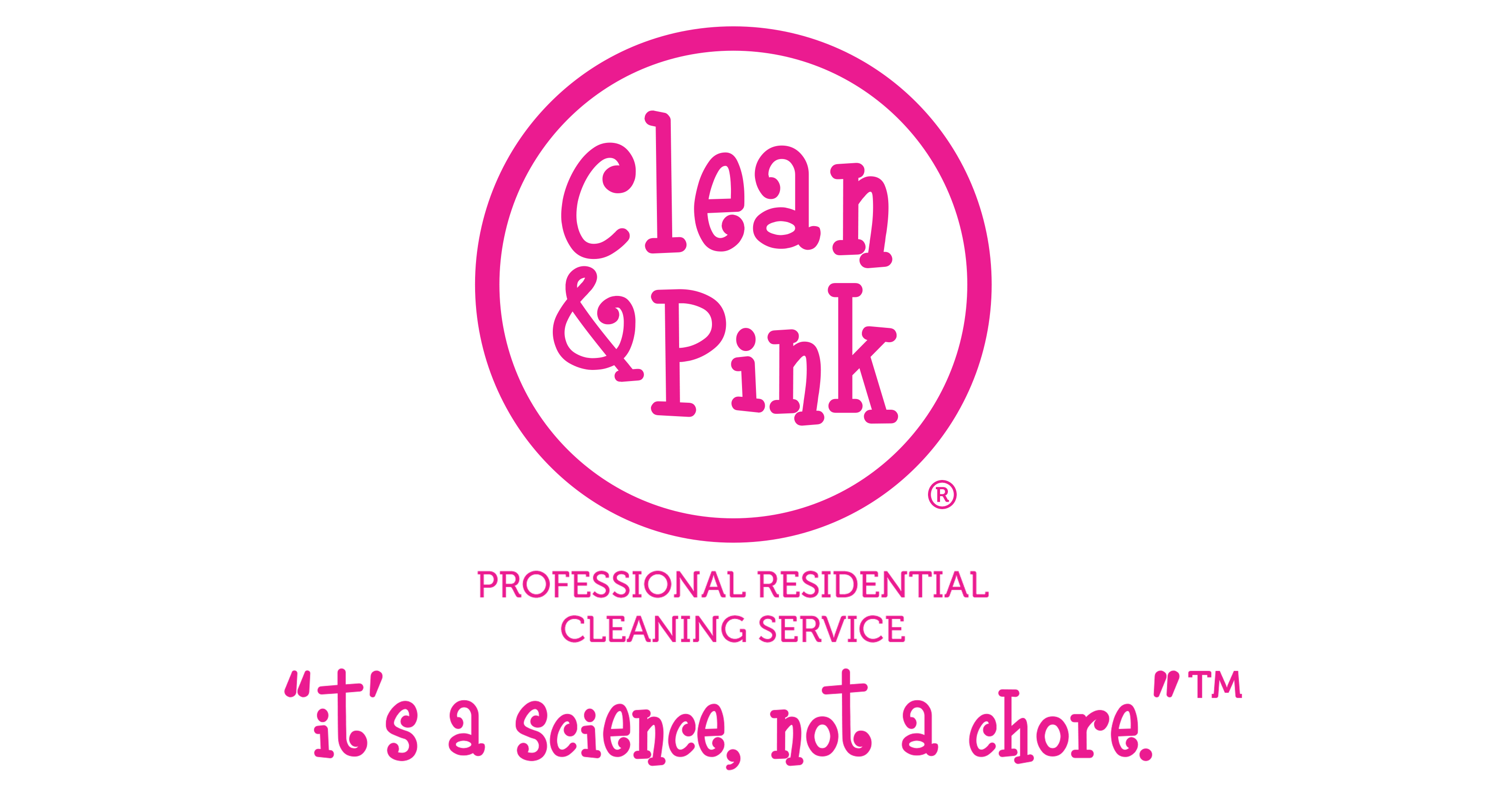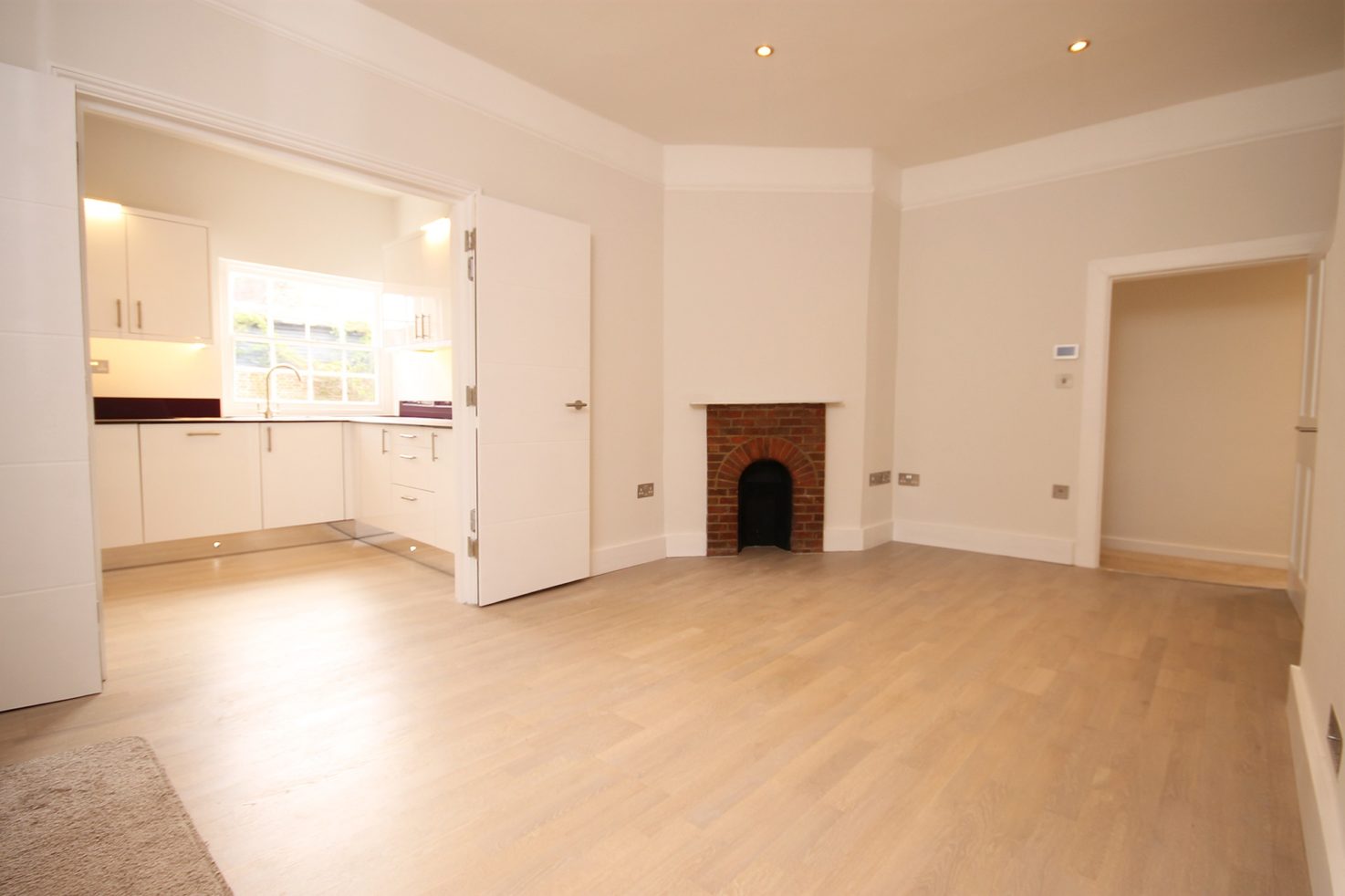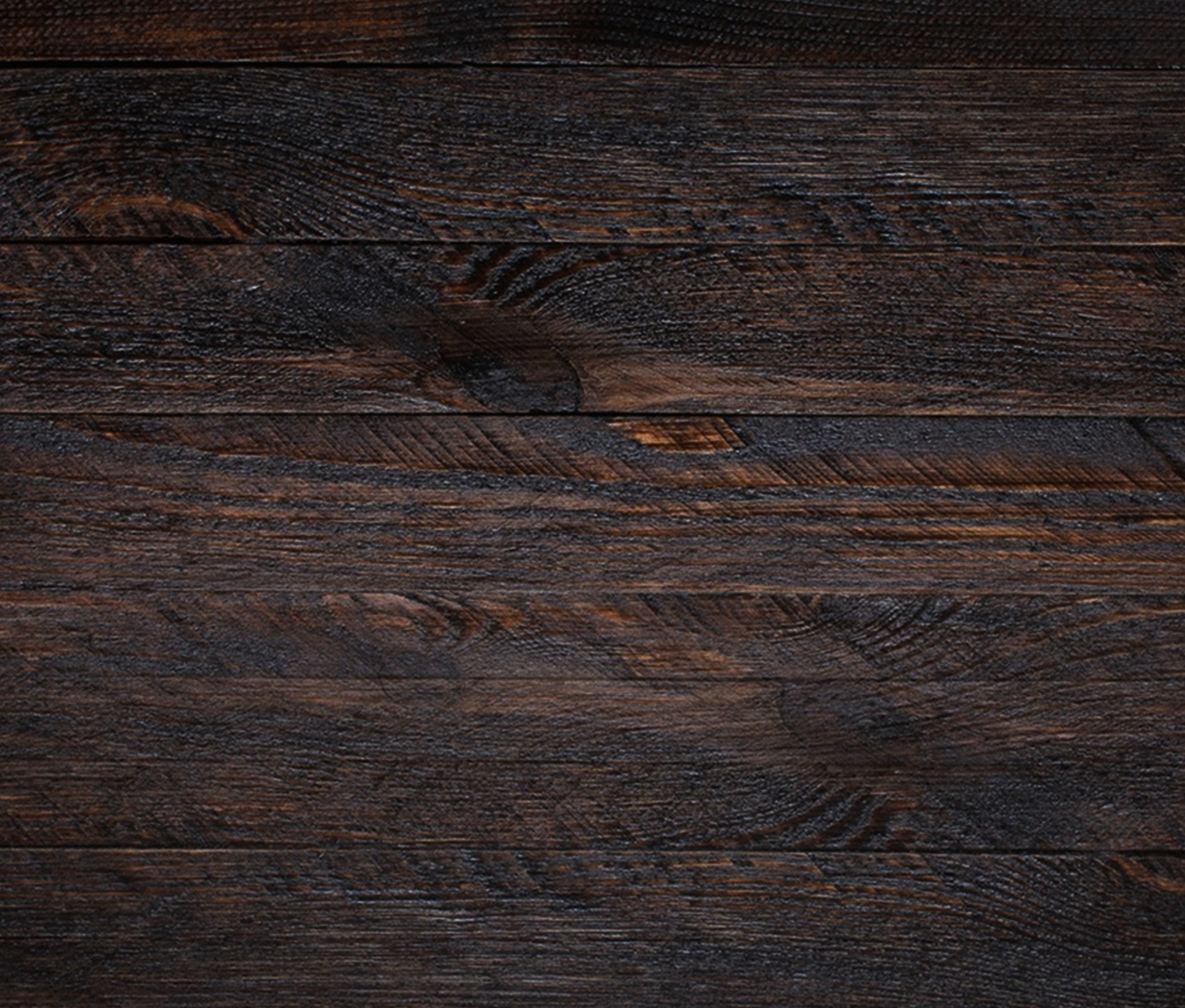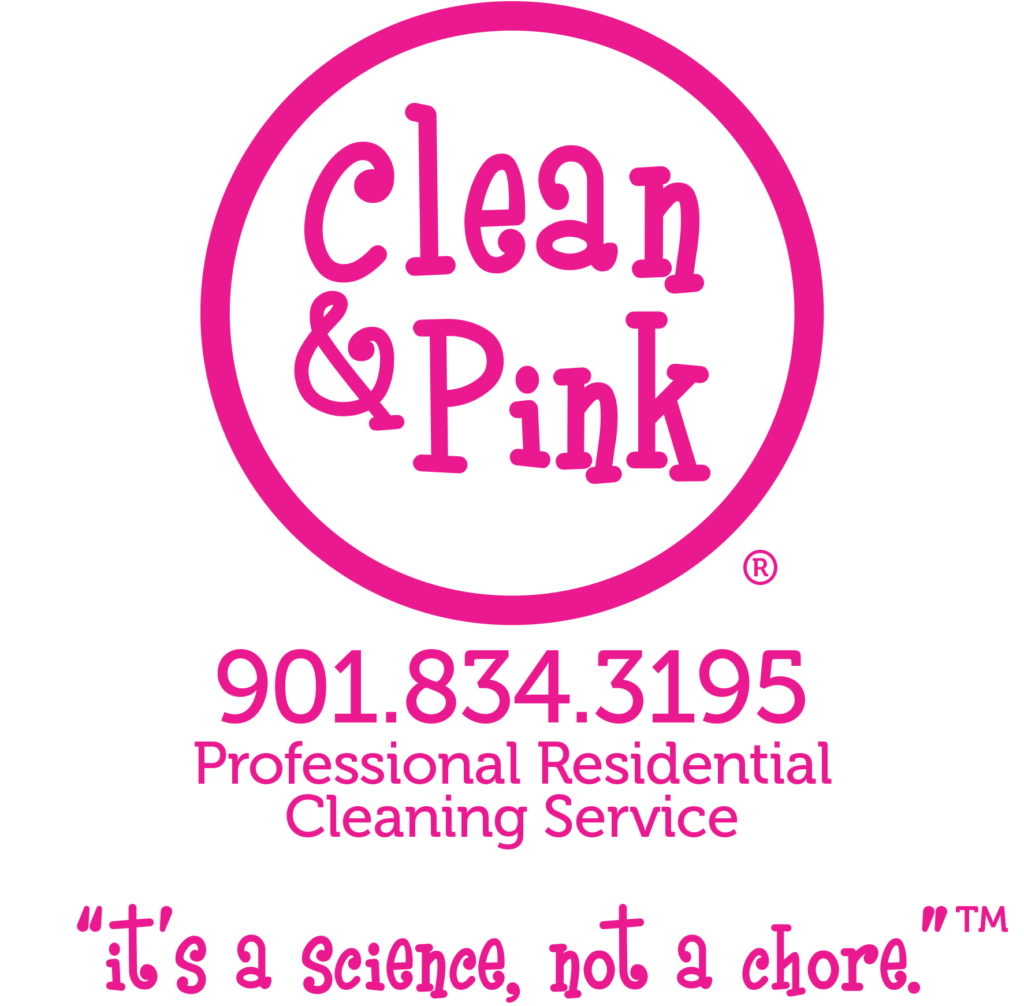Because of its beauty and durability wood flooring is one of the most commonly used types of flooring in homes and businesses throughout the world. Since wood flooring can last generations if maintained properly it is important to know how to clean different types of wood flooring to ensure they reach their full potential.
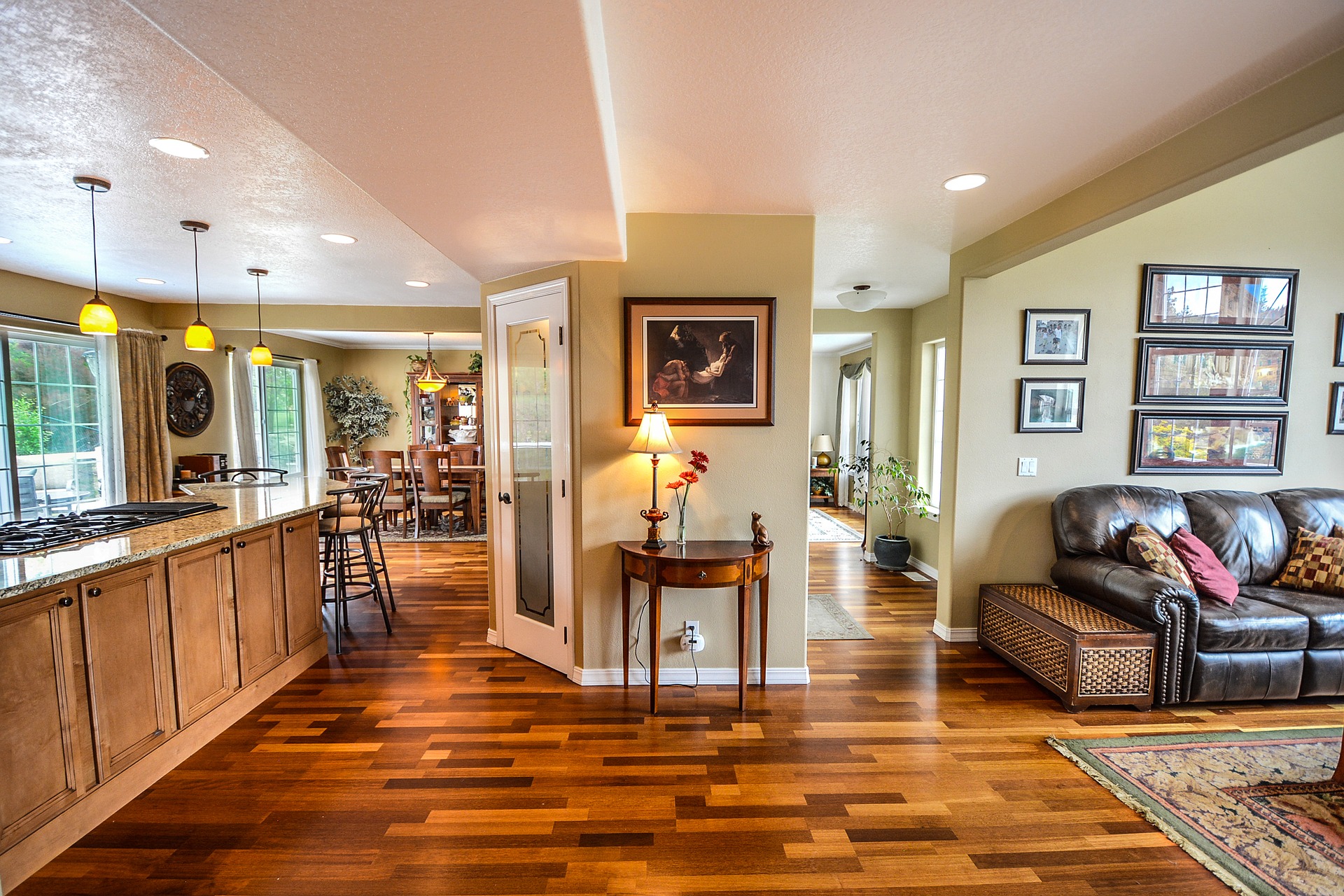
Repairing or replacing wood flooring can often be incredibly expensive and some basic maintenance practices could be all that is needed to avoid irreparable damage. So, let’s dive into some of the most popular types of wood flooring and some of the best practices one can use to keep them strong and beautiful for years to come.
Laminate Wood Flooring
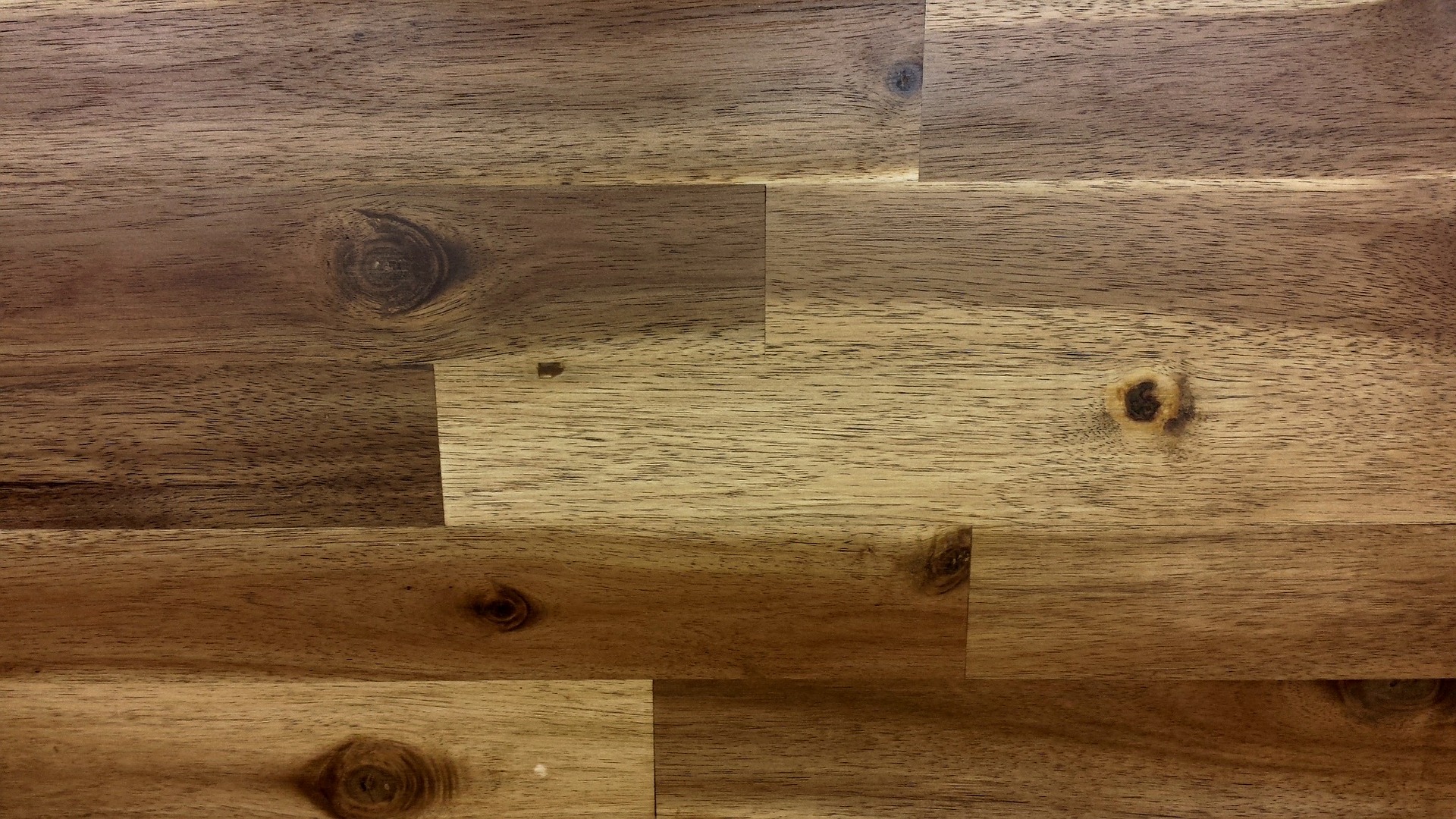
Laminate wood flooring is made by compressing multiple layers of synthetic fiberboard together and placing a photographic image of wood grain or other textures underneath a clear, protective layer which adds a finish that helps prevent damage to the flooring.
While everyday wear and tear will lead to considerable damage over time, moisture damage to laminate flooring cannot often be repaired so it is important to understand how to properly maintain this type of flooring.
Best Cleaning Practices:
Vacuum or dry mop flooring to remove normal dust and for more stubborn grime spot-clean with a damp mop when necessary. It is important to keep moisture from getting underneath the laminate planks so be sure to only use mops that are not sopping wet when spot cleaning.
***Never polish laminate flooring.
Sealed or Waxed Hardwood
This type of hardwood flooring is made from pieces of wood that are coated with either a polyurethane or wax coating. Depending on the species of wood, some hardwoods may be harder than others and the harder the flooring is the less susceptible it will be to dings and scratches.
Humidity can often alter the appearance of hardwood flooring and can cause problems as moisture tends to cause solid hardwood to swell and change shape over time. Because hardwood is made from solid wood, it can be sanded and refinished several times depending on its thickness.
Best Cleaning Practices:
Clean sealed hardwood with a mixture of 1/4 cup of mild or pH-neutral soap and mix with water in a bucket. Dampen the mop with the solution and then wring out very well before moping floors. Use a microfiber cloth to wipe up any excess moisture.
Clean waxed hardwood floors by sweeping, dust mopping or vacuuming regularly. DO NOT use water on waxed hardwood as even small amounts of moisture can damage this type of flooring.
To differentiate between sealed or waxed hardwood flooring, rub your finger across the surface of the flooring. If a smudge appears it is most likely waxed floors.
Unfinished Hardwood
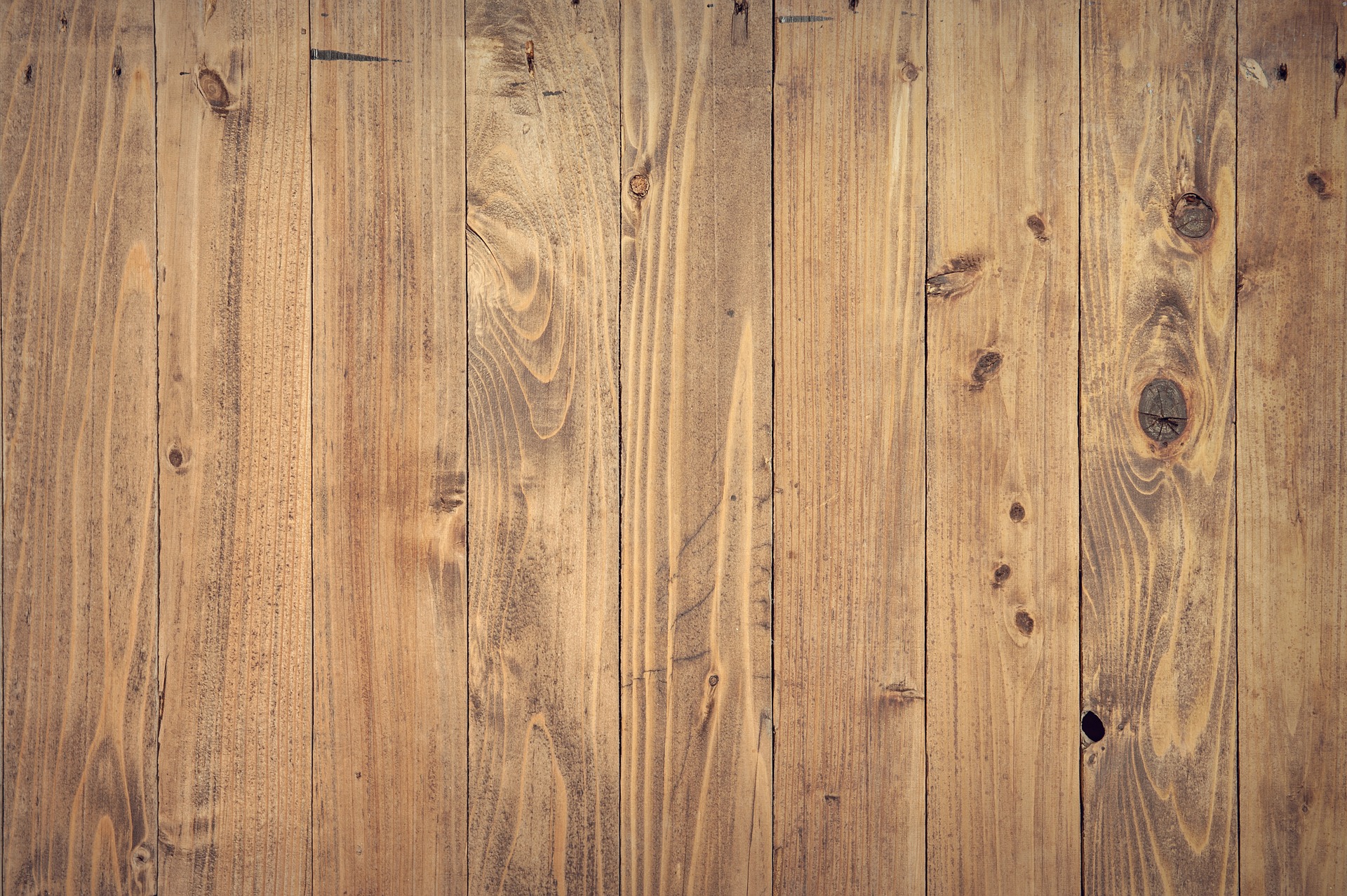
Unfinished hardwood flooring is hardwood that is in its rawest form. This type of wood has not been sealed or finished and is often used because it can be customized with different stains.
Because it is hardwood without any form of protective coating, any harsh chemicals cleaners can easily damage and discolor the wood.
Best Cleaning Practices:
When possible, use only a feather duster or soft cloth to remove regular dust and debris from the surface of the flooring. A vacuum cleaner with upholstery brush attachment can also be used to get into harder to reach crevices.
For tougher messes, dip a soft cloth or sponge into a bucket with lukewarm water and a splash of natural dish soap. Wipe goopy areas with cloth or rag that has been dampened with the solution and then dip cloth into clean water to wipe the surface again. Dry area with soft, dry cloth to prevent the wood from absorbing any excess moisture.
Engineered Hardwood
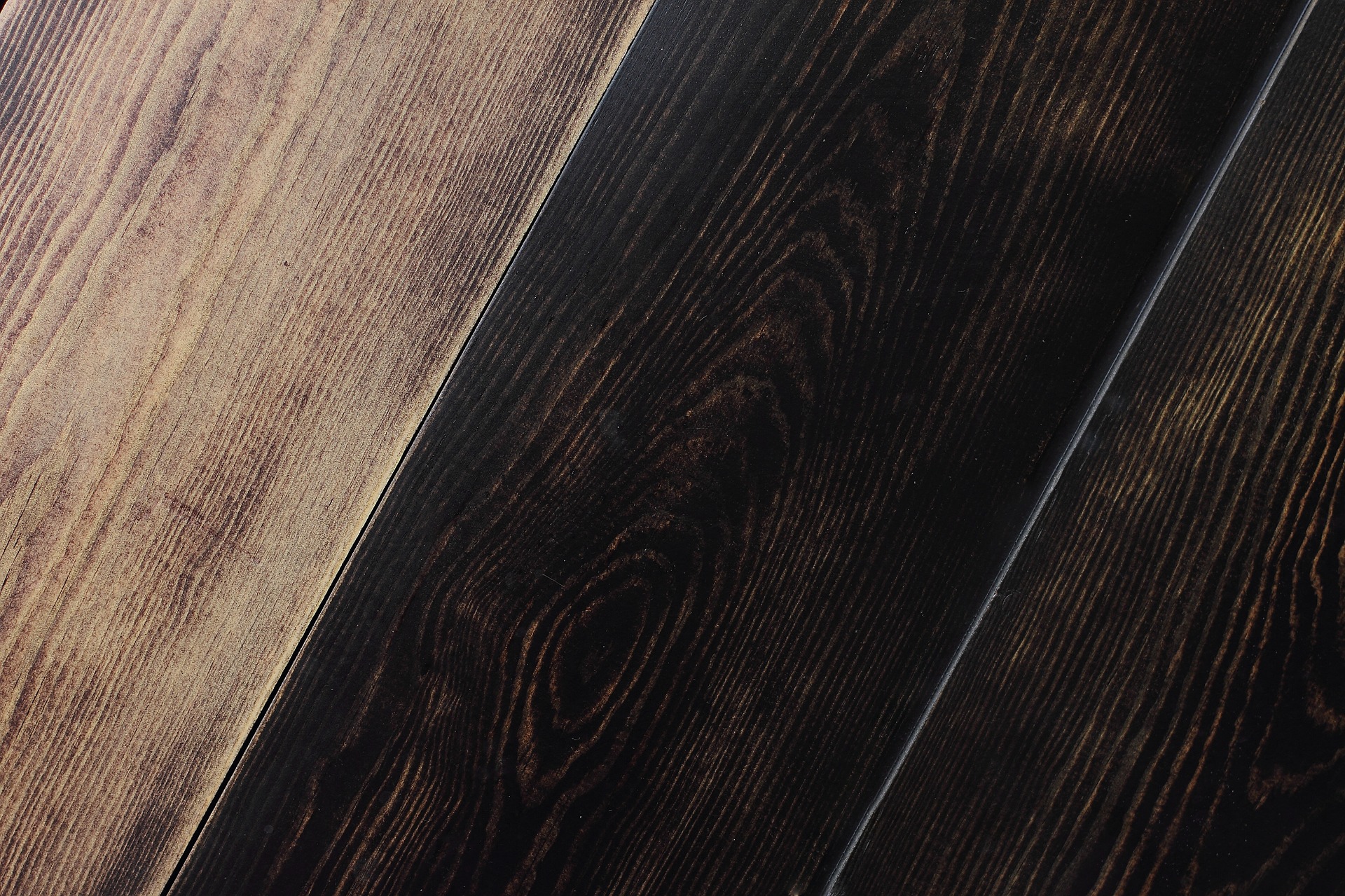
Engineered Hardwood is made up of three to four layers of wood glued together to produce a thick plank. A real wood surface is applied to the top of the other layers to allow it to be sanded and refinished a certain amount of times.
This type of wood tends to be more stable and less prone to changes in appearance from temperature and humidity in a room. Engineered hardwood is often purchased because it is more attractive than laminate yet less expensive than solid hardwood floors.
Best Cleaning Practices:
Use a solution of hot water and a splash of liquid dish soap, to clean engineered hardwood floors. Be sure to wring your mop out well before using it on floors. (Steam mops can also be used on this type of wood.)
Bamboo Flooring
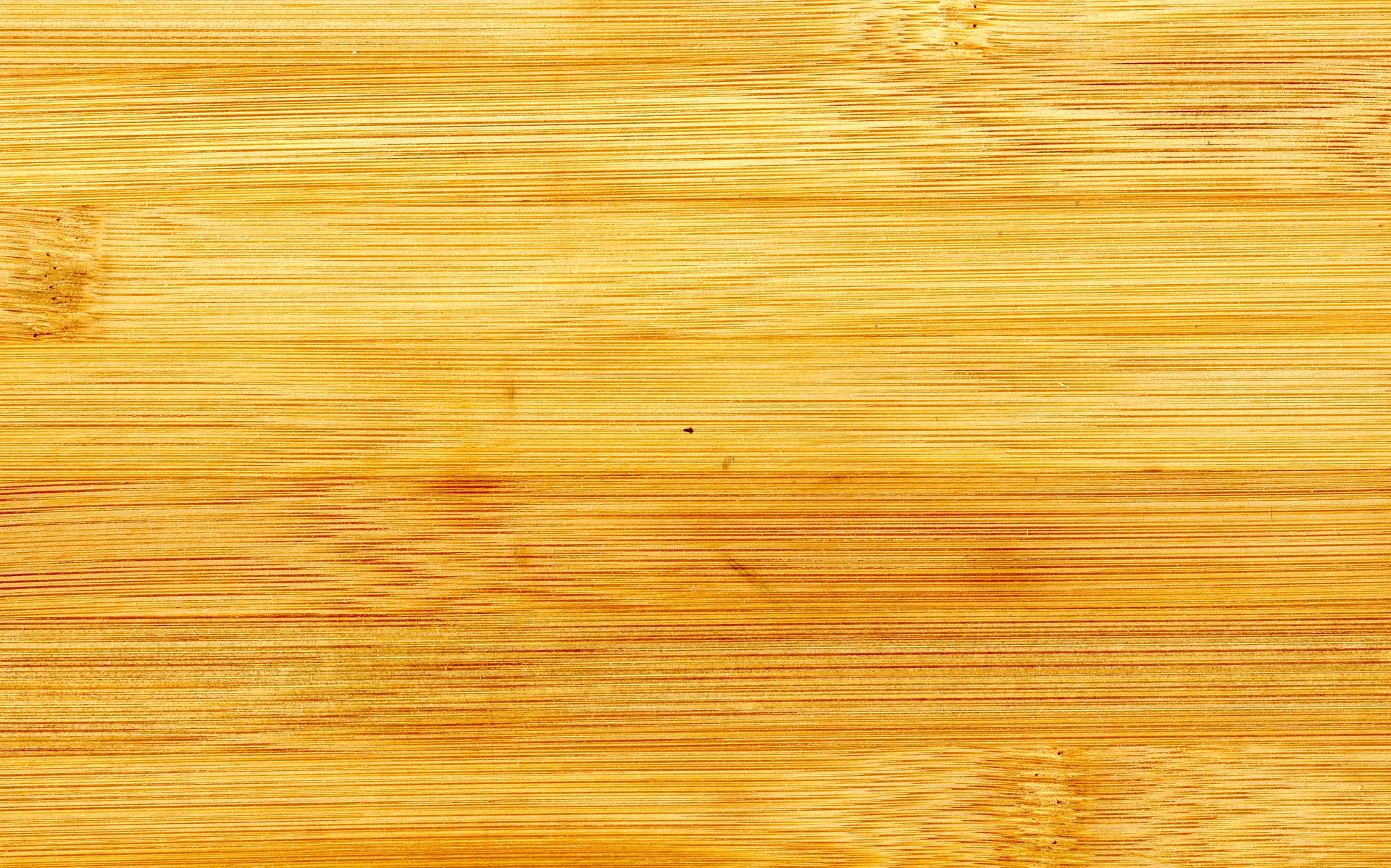
Bamboo flooring is produced from bamboo grass stalks that are pressed together. Because of the natural properties of bamboo flooring, it resists moisture very well and environmentally friendly.
Bamboo flooring is softer than traditional hardwoods and is often purchased because it can be very comfortable to stand on for long periods, compared to other types of wood flooring. It can also be more sensitive to dings and scratches than other wood flooring though it is a relatively durable type of wood.
Best Cleaning Practices:
To ensure the longevity of your bamboo flooring, sweep up dirt and debris regularly and use a gentle cloth to buff out any scuffs or scratches.
Use a solution of hot water and a splash of liquid dish soap, to clean bamboo floors. Be sure to wring your mop out well before mopping and wipe up any excess moisture with a dry microfiber cloth.
Cork Flooring
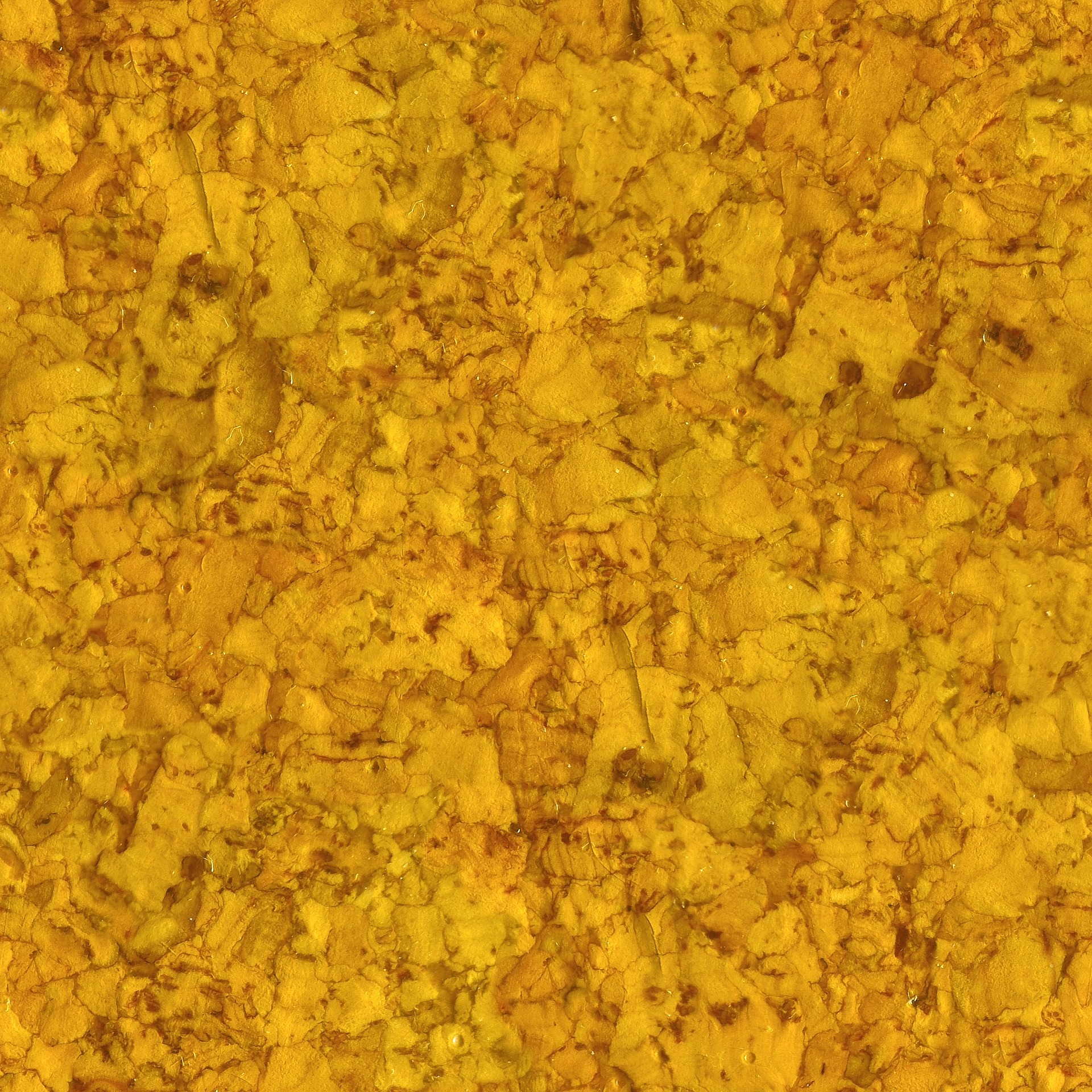
Cork flooring comes from cork oak tree bark which is ground and processed into sheets that are baked in a kiln and cut into tiles for flooring. This type of flooring is soft and tends to be easy to damage with furniture and shoes so it should be protected like any other type of wood flooring.
Cork flooring is often purchased because it has natural properties which makes it resistant to moisture and insects and because its softness can reduce the stress associated with standing for long periods of time.
Best Cleaning Practices:
Vacuum cork flooring often and wipe up any spills immediately to maintain healthy floors.
For deeper cleanings, swish 1/4 cup of vinegar and 1 drop of dish soap into a spray bottle with warm water and spray floors one section at a time; wiping with a damp microfiber mop as you go.
Do you have any wood floor cleaning solutions that have worked well for you? Let us know how you care for your wood floors in the comments below!
